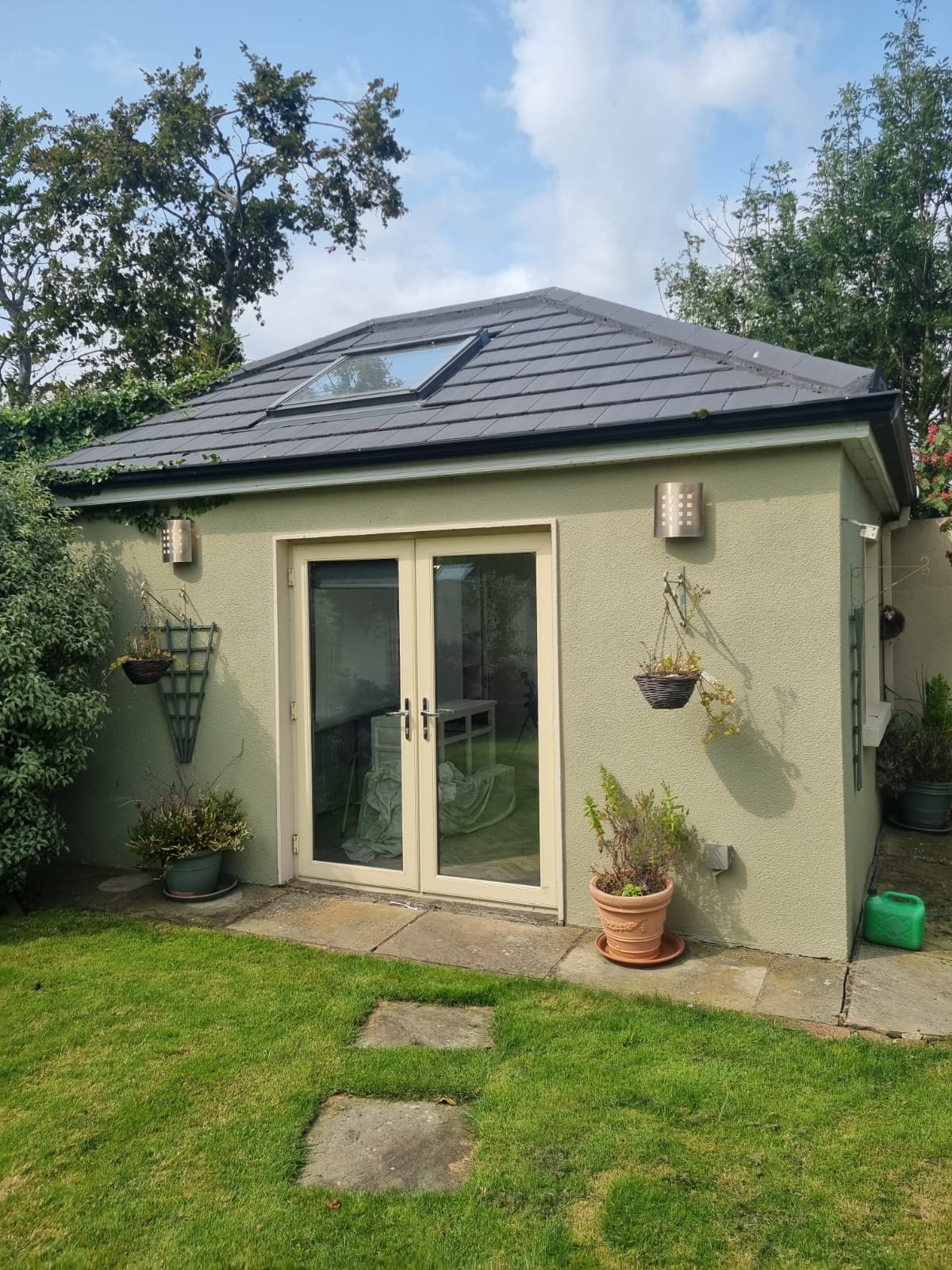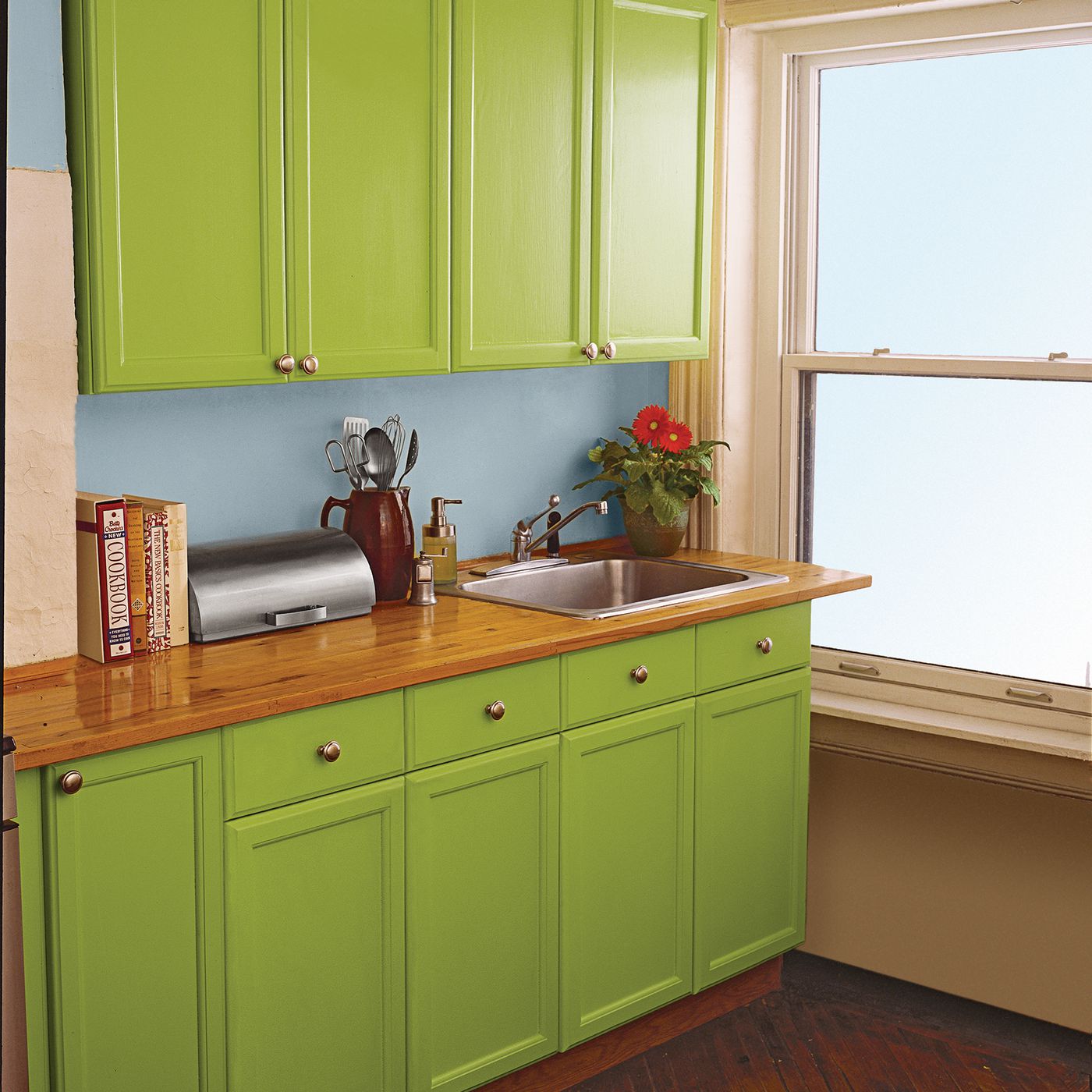What Type Of Spray Cap Should I Use?
Your preferred cap will entirely depend on your artistic medium.
Super slender to narrow caps are ideal for amateurs painting items like small canvases or miniature miniatures.
A medium or fat cap would be preferable if you’re painting a large canvas’ background or larger things.
Depending on their particular art style, street painters and muralists may choose to utilize any kind of spray paint cap. However, big caps work best for painting vast areas as a general rule.
Graffiti artists may select any cap based on their own style. But fat or very fat caps are the ideal to employ if they wish to move quickly without sacrificing their ability to be huge and bold.
1. Extremely Skinny Caps
Complex and elaborate features can be accomplished by using extremely thin caps to draw very delicate lines.
Super skinny caps might be the ideal choice for minor tasks like arts and crafts or canvas painting. Street artists who paint intricate portraits or graffiti artists who create intricate fill-ins and ultra-fine outlines may also employ them.
When utilizing extremely skinny caps, you might want to think about using low-pressure spray paint.
This is so that delicate lines and intricate features can be painted with greater precision and with less risk of paint spilling or splattering when using lower pressure spray paint.
2. Skinny Caps
One of the most common styles of spray paint caps is the skinny cap.
Most low-pressure premium paints, including Montana Gold, MTN 94, and Loop, are stocked with slender caps.
They are among the most adaptable caps since skilled aerosol artists may use them to create both extremely fine and skinny-medium lines.
Slender caps are among the best for teaching young graffiti artists how to control a can and to sharpen their linework. However, how they achieve their desired graffiti style will determine this.
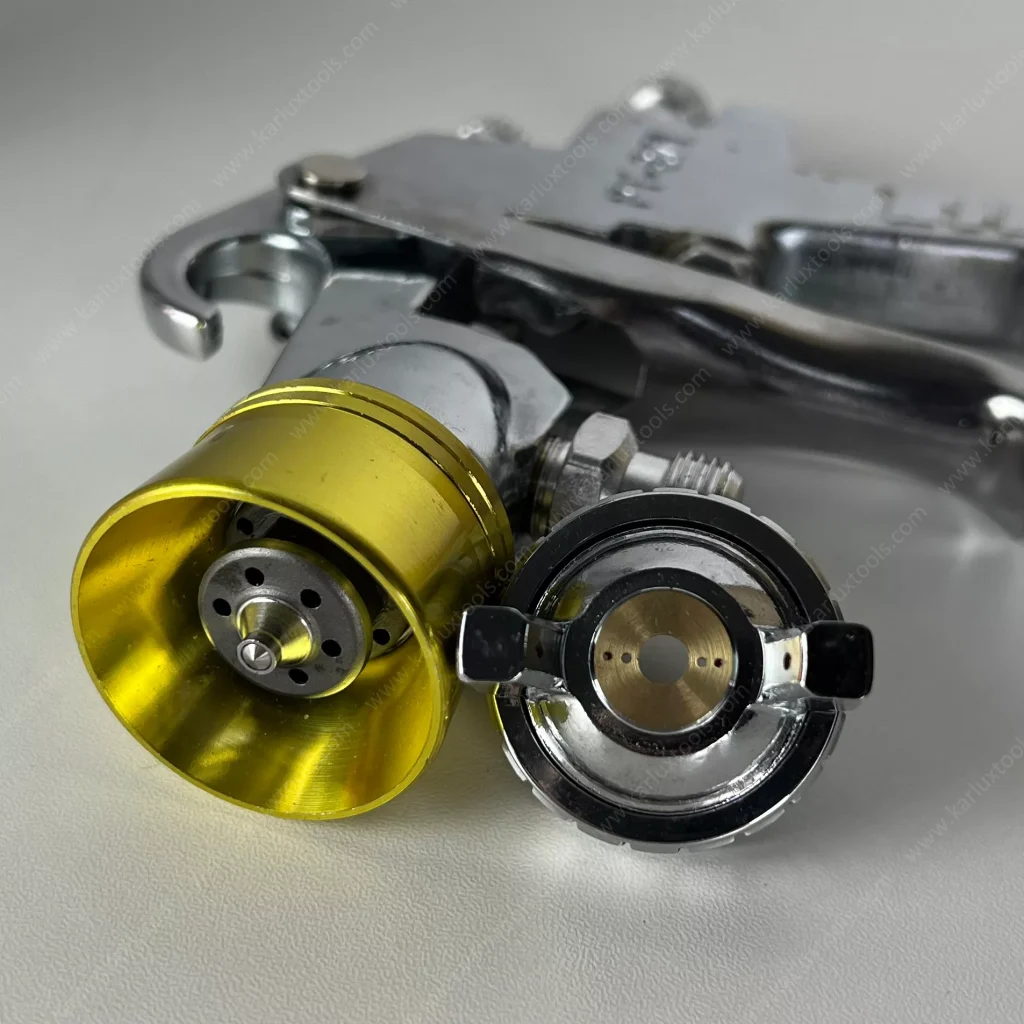

3. Medium Caps
Between slender and fat caps are medium caps.
Depending on how close to the wall they are sprayed, they can create thin or medium lines.
Soft caps are excellent for fading or producing softer details with less sharpness because they provide a softer, more dusty line.
4. Fat Caps
Fat caps are another style of spray paint cap that is often used in addition to slender caps.
They are used to produce flares and fat lines, as well as to fill in big regions. Skilled artists can create thin lines with fat caps while yet maintaining superb control.
The most recognizable fat cap of all is undoubtedly the NY Fat Cap. The go-to headgear for graffiti writers who need thick lines, it takes its name from the city where graffiti first appeared.
You should be aware that fat caps have a high paint output and can quickly empty a spray can of its contents. They are therefore not very good at using paint sparingly.
5. Super Fat Caps
Super fat caps are comparable to fat caps but stronger.
They are some of the hardest caps to control, but they work well for covering large areas where exact lines aren’t a concern. Consider painting murals that cover the entire wall or filling it with enormous silver chrome graffiti pieces.
Super fat caps will quickly empty your spray can, just like fat caps did. So if you’re running low and need to save paint, use caution when using these.
Super fat caps are less common than other sizes of caps since they are used much less frequently.
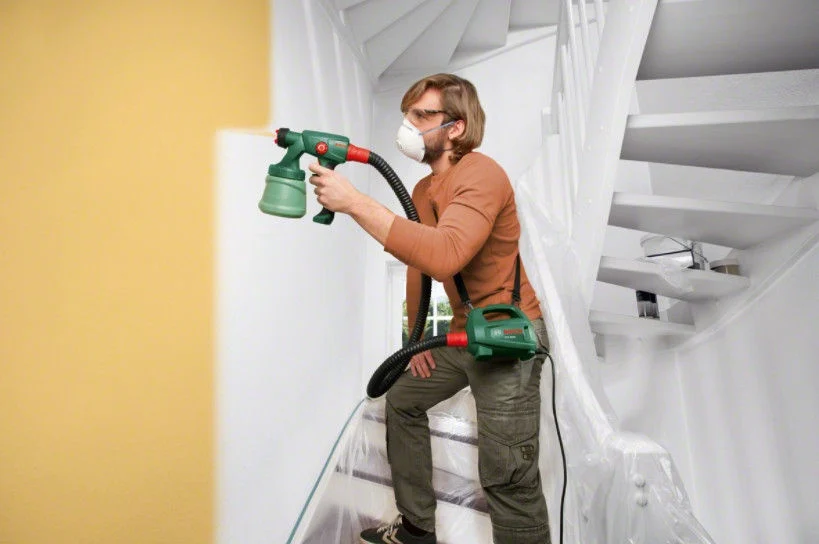
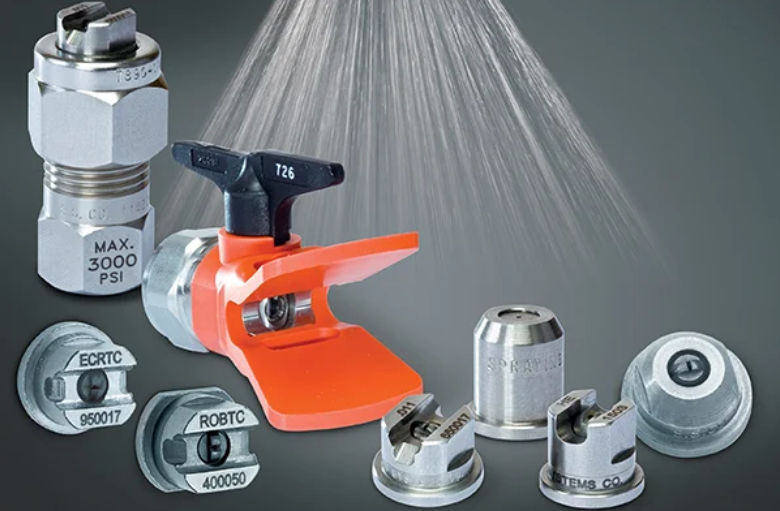
6. Special Caps
Special caps differ from the other caps we’ve seen so far in that they give artists the ability to generate particular effects or have unexpected purposes.
The average aerosol artist may not encounter these too frequently because they are typically intended for a certain type of graffiti or art.
But if you get the chance, it’s worth giving them a shot. Following are a few well-liked unique caps:
Narrow Cap
- Needle caps provide an extremely concentrated line with a dusty outside and a very narrow spray width.
- Spray width: 0.4-0.12 cm
Calligraphy
- Wide lines are produced using calligraphy caps in a similar manner to calligraphy pens. To make lines that are either vertical or horizontal, twist the nozzle.
- 5 to 8 cm for spray width
Stencil Cap
- The thinnest lines are produced using stencil caps. It rests on the can’s rim, unlike other caps. Use a narrow cap and low-pressure paint.
- 4-6 mm for the spray width
Transfer Cap
- A very specific cap. You can move spray paint between cans using the Transfer Cap. excellent for merging used cans.
- Spray coverage: N/A

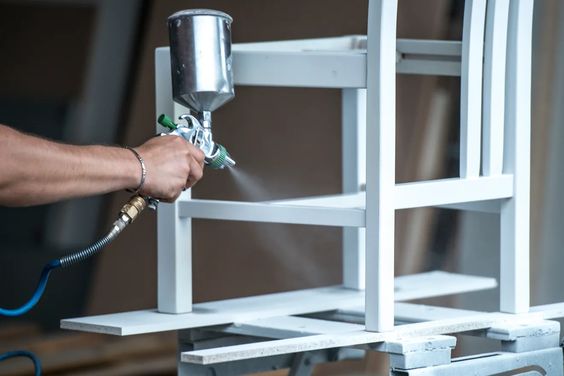
Can you reuse spray paint caps?
Caps can be used again, yes. But if not taken care of properly, they can also become quickly clogged with paint. Here are some pointers for making the most of your spray paint caps:
- After usage, always spray empty your cans. Spray the can until no more paint comes out by turning it upside down. In addition to clearing the can’s valve so it can be used later, doing this also clears the cap, allowing for future use.
- Use a spray cleaning for caps. Unclogging spray paint caps requires the application of a cap cleaning. Simply attach the acetone can’s blocked cap and spray until the liquid flows clear. Easy.
- Acetone soaks blocked caps. Clogged caps can be unblocked by soaking in acetone for 3 to 6 hours (or overnight for optimal results). Put the clogged caps in a small glass jar and fill it with a reasonably priced acetone solution, such as nail polish remover, to accomplish this. Until the paint is gone, immerse the caps entirely in the solution.
After Learning about the different Caps & Nozzles check out our complete guide to spray-painting here.


